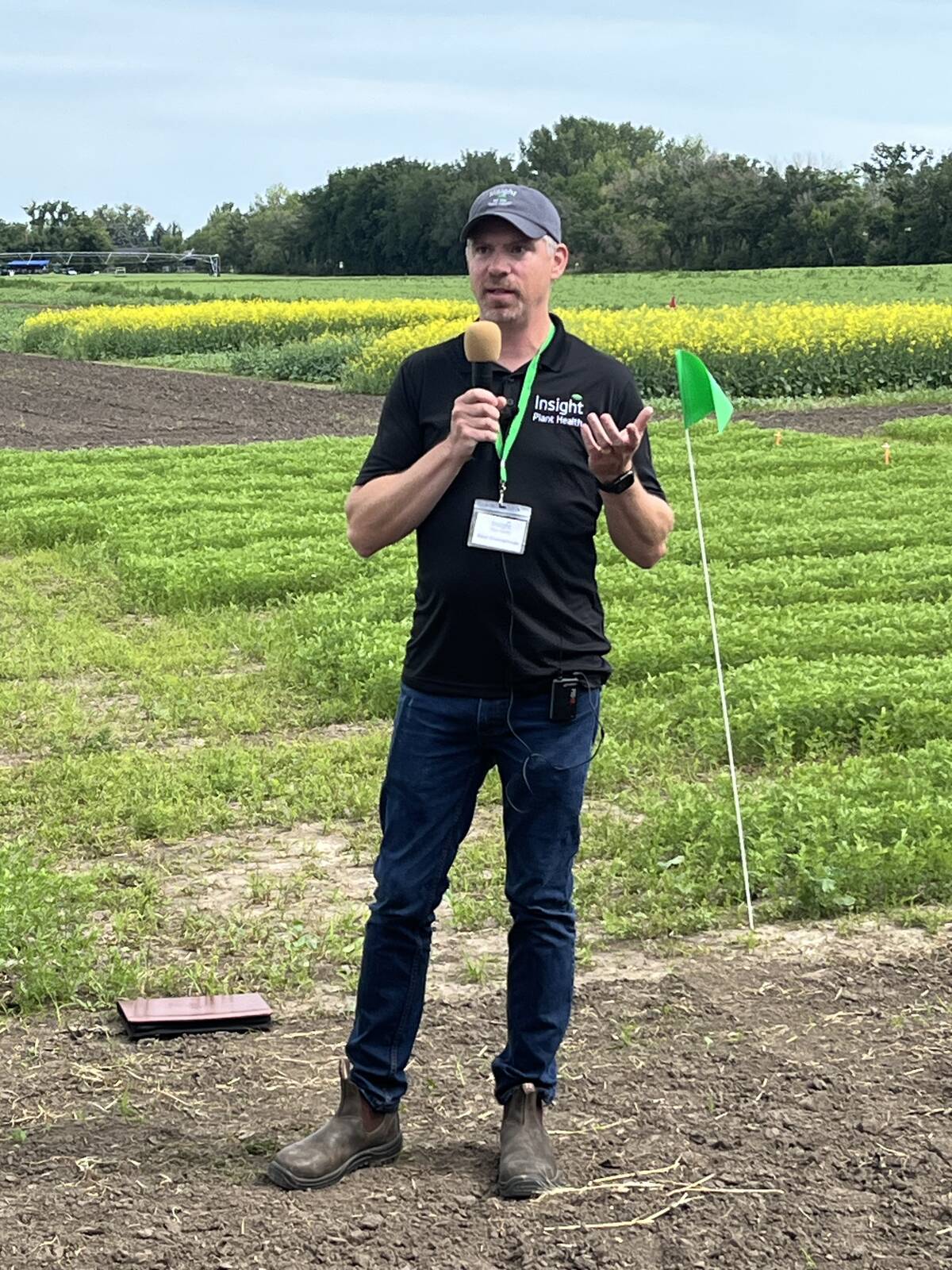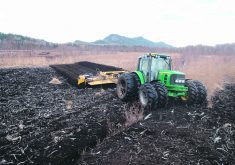OUTLOOK, Sask. — A Saskatoon-based company has begun field trials of a replacement for granular peat inoculant.
Peat has been used for decades to inoculate crops such as peas and lentils and is a biological that provides consistent benefits, said Dave Greenshields, who founded Insight Plant Health in 2020.
However, customers are looking for a replacement, he told people attending a recent Canada-Saskatchewan Irrigation Diversification Centre field day.
Peat is mined in Minnesota and costs about $1.50 per kilogram, he said. Shipping that to Saskatoon or Winnipeg and then bagging it and selling it comes at a low margin, he said.
Read Also

Europe holds promise for Canadian lentils
Pulse Canada is trying to help boost lentil consumption in Europe, which is already the fourth largest market.
His company has developed Clean Granular Technology, which uses seed hulls instead.
Greenshields said they tested many different options.
“There’s about 15,000 tonnes per year of granular inoculant goes out,” he said.
“So right away you need something that you can get 15,000 tonnes of every year consistently.
“We tested anything we could get our hands on.”
That included pulp and paper waste, wood chips and sawdust.
“Drywall works actually pretty well,” he said.
Eventually they settled on seed hulls. Although canola didn’t work, they found peas, lentils and oats did.
They also need to add something to keep the rhizobia alive.
Insight Plant Health just recently received a patent for the process.
“We’re taking seed hulls, we’re putting them through a feed mill to make tiny little pellets about two millimetres in size, and then we’re adding in what we call biological viability compounds, and those are the things that keep the rhizobia alive,” he said.
The process is able to keep the rhizobia alive for 30 weeks.
The field trials are now testing what has worked in the lab.
“We’re testing on small red lentils, three different prototypes of the Clean Granular Technology against Cell-Tech, which is just a standard single action peat inoculant, said Greenshields.
The tests are underway at Outlook, the Scott Research Farm and in Swift Current. This is the first of two years.
The second part of the trial is an Agriculture Development Fund project with the Prairie Agriculture Machinery Institute, co-funded by Saskatchewan Pulse Growers. It will examine how the new inoculant goes through air seeding systems to look at how calibration and metering is maintained, whether there is a lot of dust and what build-up might occur in the lines. That should happen this fall.
“Hopefully after that, we can find a commercialization partner,” he said.
Asked about savings for farmers, Greenshields said seed hulls are much cheaper to obtain from local plants, and the manufacturing cost should be less. It would be up to the companies to pass those savings on to farmers.
Insight’s website said the technology is more environmentally friendly and could eliminate more than 60,000 tonnes of carbon dioxide equivalent each year in Canadian pulse production.
The technology was developed in partnership with Agriculture Canada’s Clean Technology Program research and innovation stream.
















